Best
AFFORDABLE VIOLIN PACKAGE
-
Overall: Constructed from high-quality tone woods.
-
Best Feature: Includes a bow, hard foam case, and rosin.
-
TedScore™: 8/10
Best
BEGINNER VIOLIN
-
Overall: Bold, bright tone, rich sounds with high-standard components of Ebony, Spruce, and Maple.
-
Best Feature: Includes case, bow, and rosin.
-
TedScore™: 9/10
Best
INTERMEDIATE
VIOLIN
-
Overall: 4/4-size violin with a lightweight case, real brazilwood bow, and Schwarz rosin.
-
Best Feature: Hand-brushed oil varnish finish.
-
TedScore™: 9/10
Do you ever ask yourself if learning the violin is challenging?
Well, it sure can, but it takes some effort! Every time I play my fiddle, I feel like I’m catching up with an old friend who always has a new story to tell.
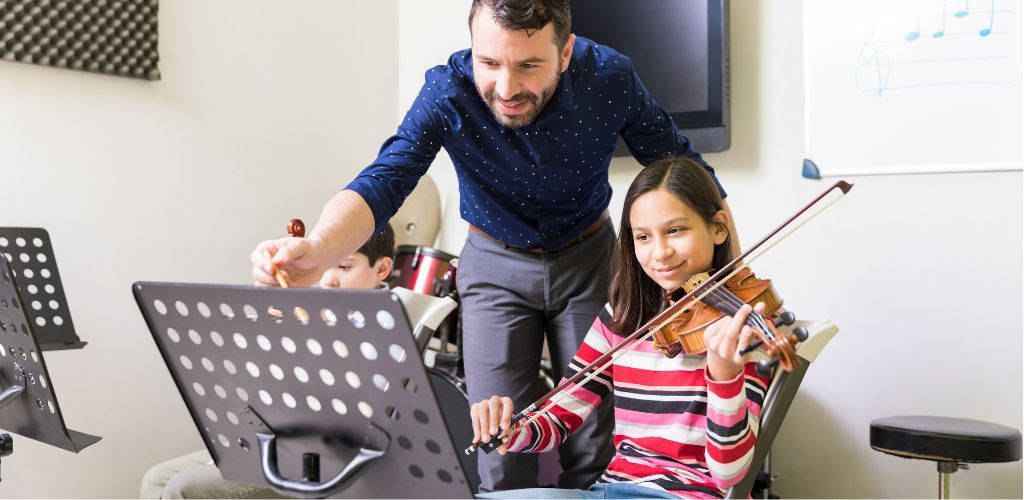
I used to think strumming a guitar was great until I tried playing the violin. Learning the violin isn’t just about playing an instrument—it’s like going on a musical adventure as exciting as a cricket match under floodlights.
Trust me, you’ll want to stay for the whole game because learning the violin is a fantastic experience. Let me spin you a tale about the highs, the lows, and the absolute joys of learning the violin.
Learning to Play the Violin
Learning to play the violin is an exciting adventure. It involves building muscle memory, mastering bowing techniques, and developing good coordination skills.
First Steps in the Bowing Technique

My bowing was shaky when I started as a baby deer’s first steps! Bowing needs a relaxed grip and steady control to make lovely sounds.
I discovered various bow strokes, like legato for smooth notes and staccato for quick, sharp sounds. I practiced these with scales and easy songs, paying attention to loud and soft parts to add feeling to the music.
Left-Hand Techniques

My left hand was quite the gymnast, stretching and pivoting to hit the right notes. I concentrated on finger dexterity, working on the fingerboard to nail the pitch and intonation.
With each session, shifting my fingers from note to note became smoother, and playing scales helped to cement my muscle memory and familiarity with the violin’s geography.
Coordination and Rhythm

Balancing coordination and rhythm is quite a challenge. I worked on keeping a steady beat while matching my bowing and fingering.
I did rhythm exercises, clapped, and used a metronome to stay on track. This foundation was necessary for playing more complex pieces, where rhythm is the music’s heartbeat.
Mastering the Art of Practice
The heart of learning the violin lies in how effectively I practice. Let me guide you through establishing a routine and understanding the significance of muscle memory and repetition.
Creating a Practice Routine
Consistency is key when practicing the violin, so I practice daily, like having morning tea.
I set specific goals for each session to create a routine, focusing on mastering complex parts and improving my bow hold.
My practice routine includes warming up with scales for 20 minutes, working on a new piece for another 20 minutes, and then spending 10 minutes revisiting something I already play well, keeping it varied and enjoyable.
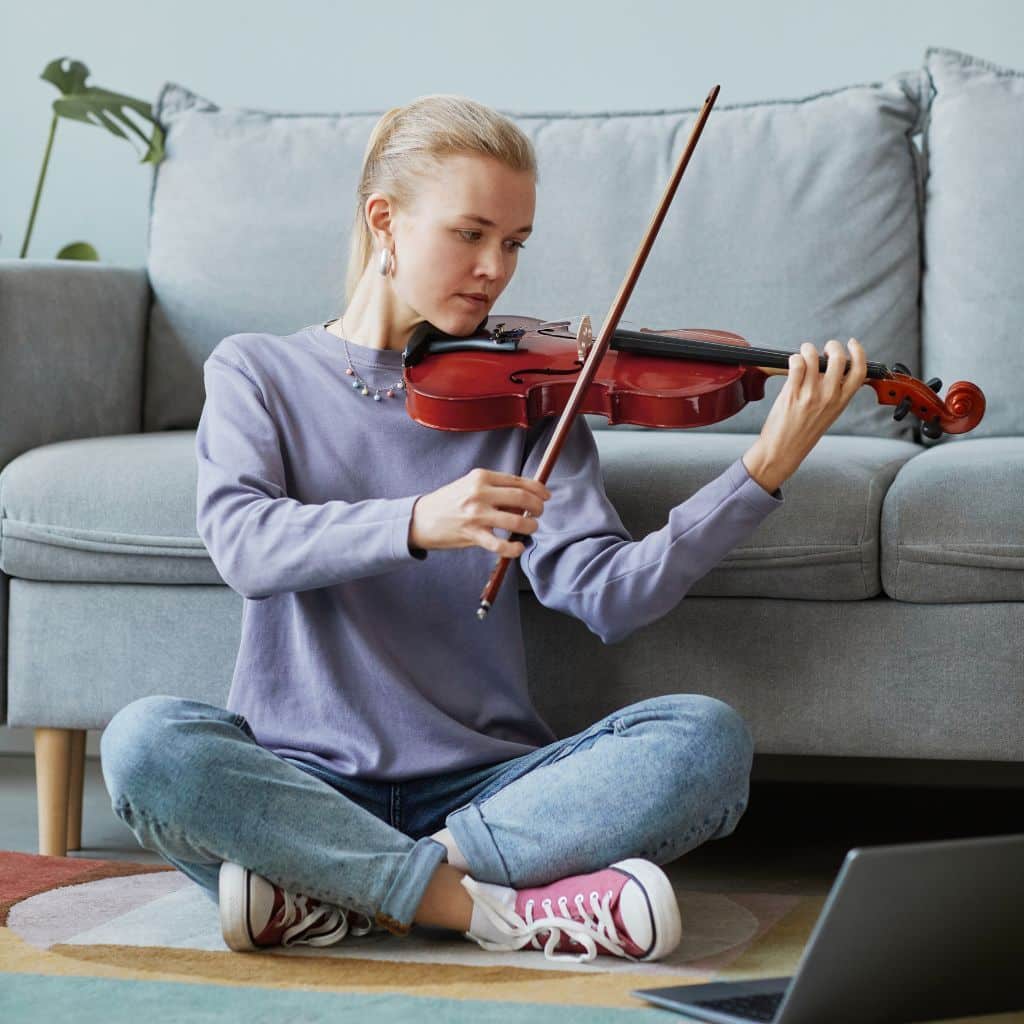
The Role of Muscle Memory and Repetition
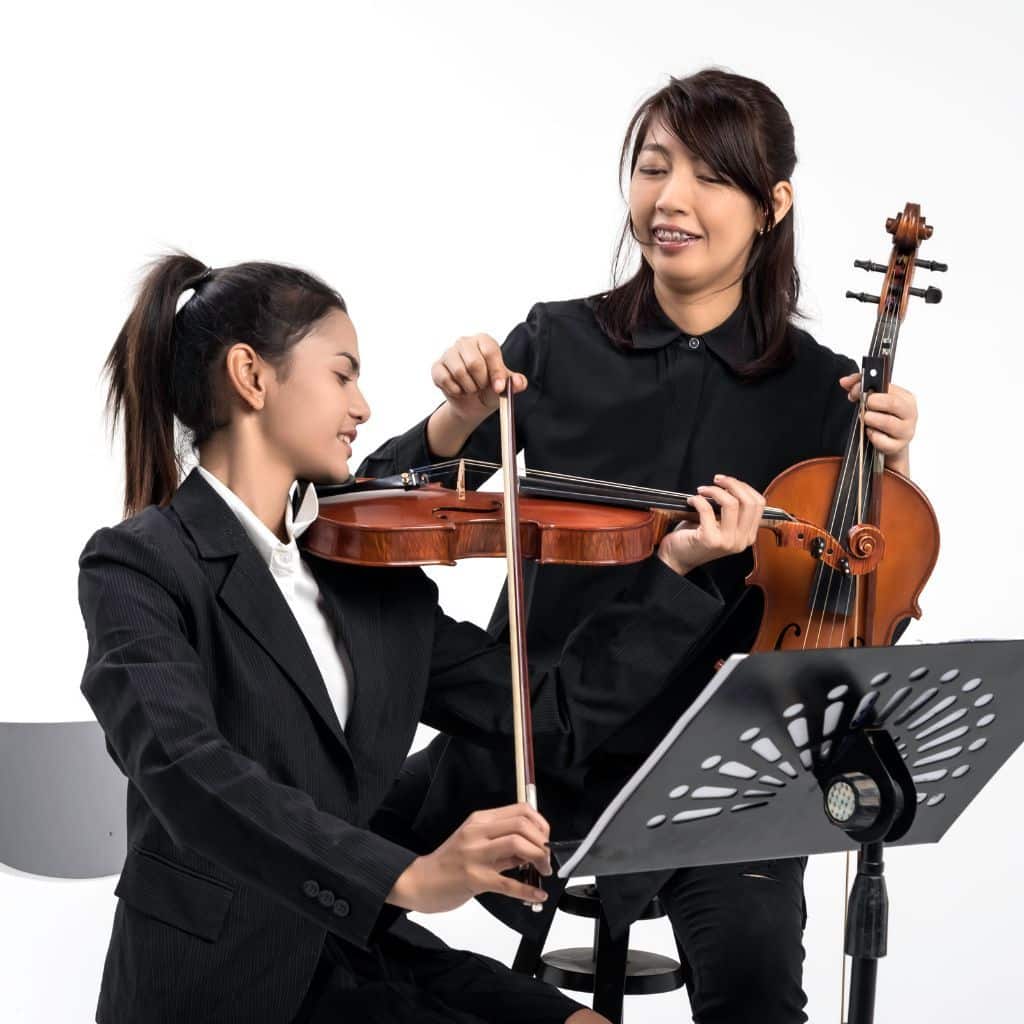
Muscle memory is a big help in mastering the violin. Each time I do a movement right, it gets etched into my muscle memory, which feels great!
I’ve learned that patience is essential; the more I repeat a movement correctly, the less I have to think about it later consciously.
Repetition is powerful when done right.
I focus on quality over quantity in my repetitions—playing something well ten times is better than misplaying it a hundred times.
Advancing Your Skills

Playing music with a violin can be challenging, requiring dedicated practice and perseverance to master the instrument’s complexities. Now, let’s whisk through intermediate challenges and dance into advanced techniques.
Challenges for Intermediate Players

I struggle with maintaining the correct violin hold while shifting positions, but practice helps me improve. Mastering smooth string crossings without disrupting the melody is another challenge, requiring a flexible bow arm and sharp focus.
Overcoming the fear of complex pieces is crucial, as I need courage to conquer them. I aim for sustainable progress by identifying and correcting bad habits through daily review and vigilance.
Advanced Techniques and Styles
Advanced violin mastery is a mosaic of intricate techniques, and each piece is crucial for the complete picture. Double stops, for instance, demand my fingers to be agile and precise—two notes at once require twice the focus.
Delving into advanced techniques, like various bowing styles or vibrant vibratos, I enrich my repertoire and add flair to my performances.

Professional violinists make it look effortless, but a mountain of dedicated practice is behind every fluid movement.
The violin is known for its unique sound and expressive qualities, making it one of the most captivating musical instrument in the realm of string instruments.
Professional violinist devote countless hours to mastering this complex string instrument, and their expertise is evident in the beautiful music they produce.
Understanding the Basics
Grasping the basics is like opening the door to a delightful musical adventure.
Let’s start by exploring the violin’s parts and mastering the correct way to hold the instrument and its bow.
Anatomy of the Violin
The violin is a marvel of craftsmanship with its sleek curves and refined details—no frets on the fingerboard to guide your fingers, only your ears and muscle memory. The violin playing with the bow, not the hand.
It boasts four strings, each tuned to a perfect fifth apart, and they await your touch to come alive with music.
Whether I’m tightening or loosening the pegs to achieve that pitch-perfect harmony, I must be gentle to prevent any heartbreaking snaps.
How to Hold the Violin and Bow
Let me tell you about the delicate dance of holding the violin and bow. It’s all about balance and poise; your left-hand cradles the neck of the violin, fingertips poised to dance across the fingerboard.
The chin and shoulder rest are like the violin’s best mates, providing comfort and stability, keeping the violin snug against my shoulder and chin, and helping maintain the correct posture.
My right hand is the conductor of expression, gripping the bow gracefully—fingers curled, pinkie balanced, and thumb bent.
Every stroke of the bow, laced with horsehair and dressed with rosin, makes the violin strings sing, turning mere vibrations into a symphony of sound.
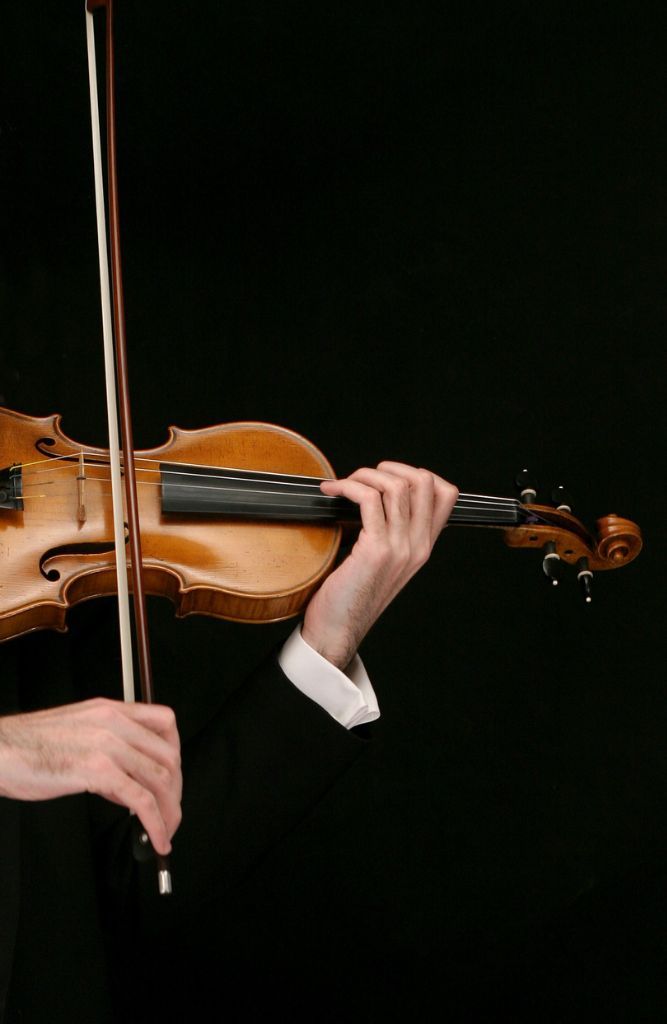
Musical Theory and Reading
Music theory and reading have their unique charm. It’s like learning a new language, but I communicate with melodies and harmonies instead of words.
Understanding Sheet Music

Let me introduce you to the magical script of music: sheet music. It’s the roadmap telling me where to go and how to get there on my classical violin journey.
Sheet music often looks overwhelming, with all its dots, lines, and symbols obscuring the inexplicable beauty of the sound it represents.
But, once I crack the code, each note on the page transforms into a precise pitch waiting to resonate from my violin.
Music Theory Fundamentals
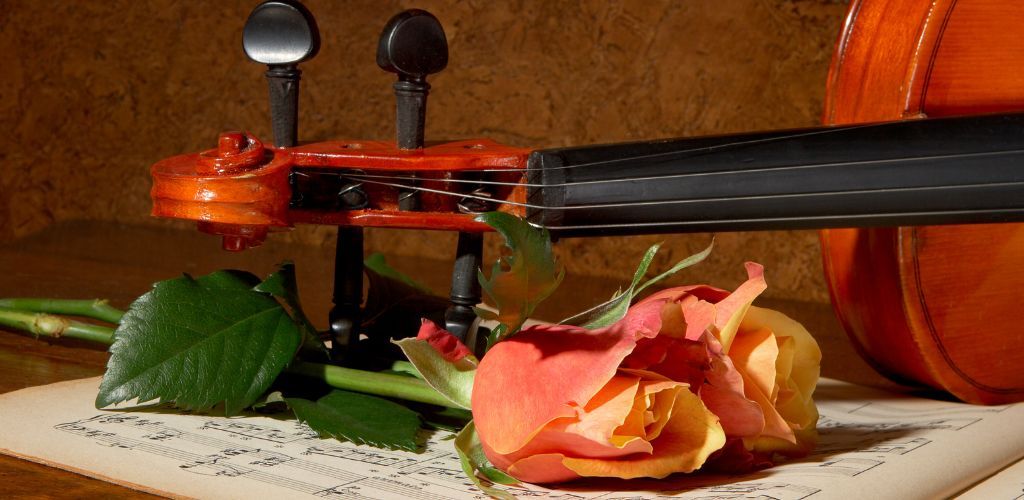
Music theory is the cheeky chap that explains why some notes sound like a dream when played together while others do not. It’s the set of rules that orchestras follow to create a cohesive sound, even though each member reads their piece of sheet music.
I explore scales, keys, chords, and rhythm—each fundamental element giving my performances depth and character.
The theory isn’t just about reading music; it’s about connecting with each piece, feeling it with every fiber of my being, and then sharing that feeling with the world.
Choosing Your Equipment
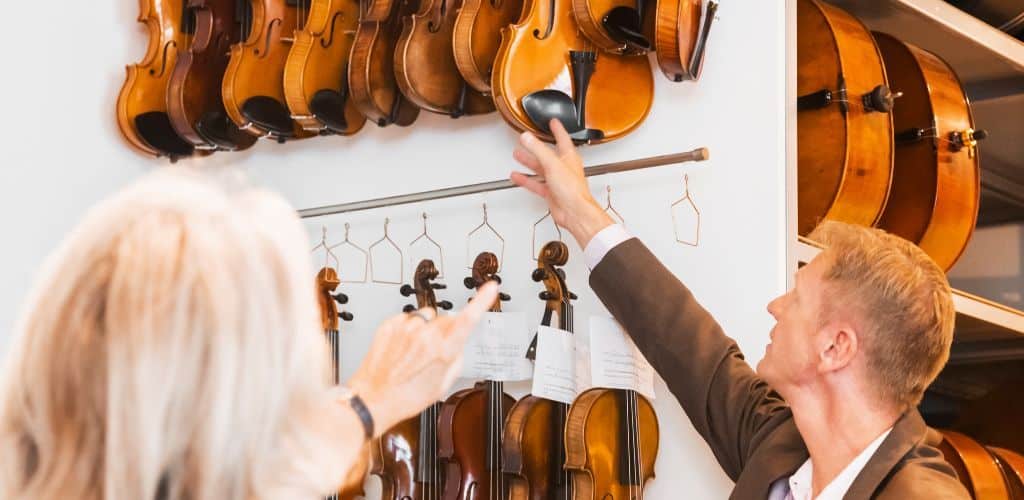
Learning the violin is like learning a new language, but don’t worry! The violin, while challenging, can produce beautiful music when paired with the right technique.
Selecting the Right Violin
The wood’s quality is crucial, creating a special connection between me and the violin.
I chose a violin with well-aged and dried wood to bring richness to the tone, which is essential for making beautiful music. Craftsmanship is key to the violin’s soul, and that’s something I can’t ignore.
Must-Have Accessories
For that perfect pitch, a tuner is an absolute must-have, especially since violins lack frets like those on an acoustic guitar, which guide precision.
Then there’s the shoulder rest, which becomes my shoulder’s best mate during long hours of practice—it’s all about comfort meeting function. I can pluck and play all day with these trusty gadgets!
The Role of a Music Teacher
When I think about learning the violin, the image of a patient violin teacher correcting my posture and guiding my bowing technique springs to mind; it’s clear that their expertise is invaluable in this complex journey.
Benefits of Personalized Instruction
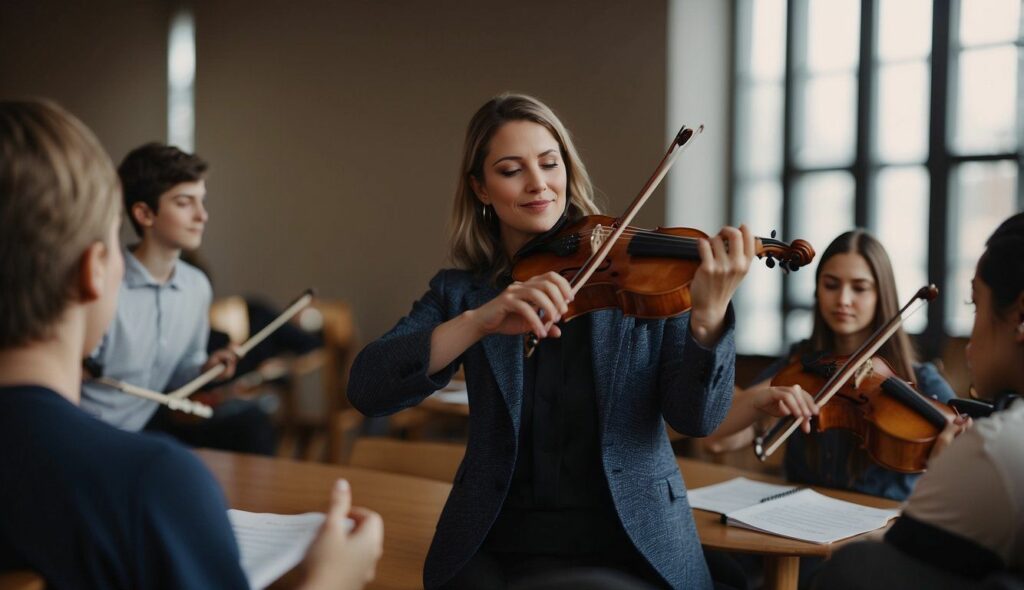
A violin teacher has a fantastic way of tailoring lessons to pace and style, offering solutions for every challenge.
Their personalized instruction nurtures a passion for music and keeps you motivated, whether you are an adult beginner or an energetic child.
They guide you through scales and etudes, celebrating small victories and bringing joy to every achievement.
Finding the Right Fit
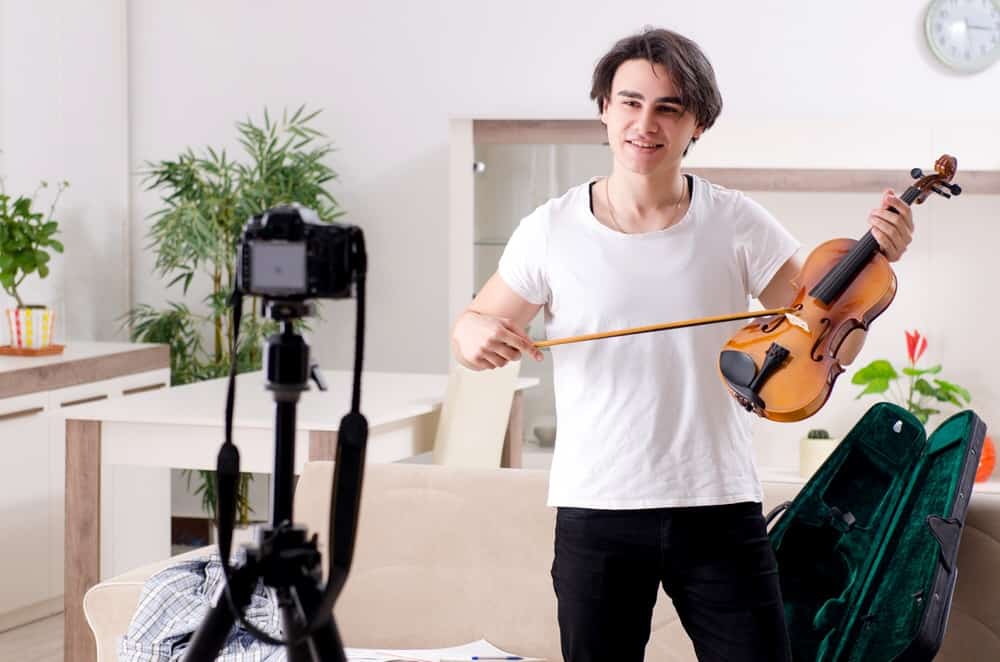
Now, let’s talk about finding the perfect match for a violin teacher. I’ve got to consider personality and teaching styles because I’ll spend a lot of time with this person.
I prefer face-to-face lessons, where we can share the same physical space and enjoy instant feedback and adjustments.
On the other hand, online violin lessons can fit snugly into my life, bringing a teacher’s expertise into my living room.
The key is flexibility and a connection that resonates with my learning style. With the right fit, each session can feel like a harmonious duet that keeps me returning for more.
The Psychological Journey
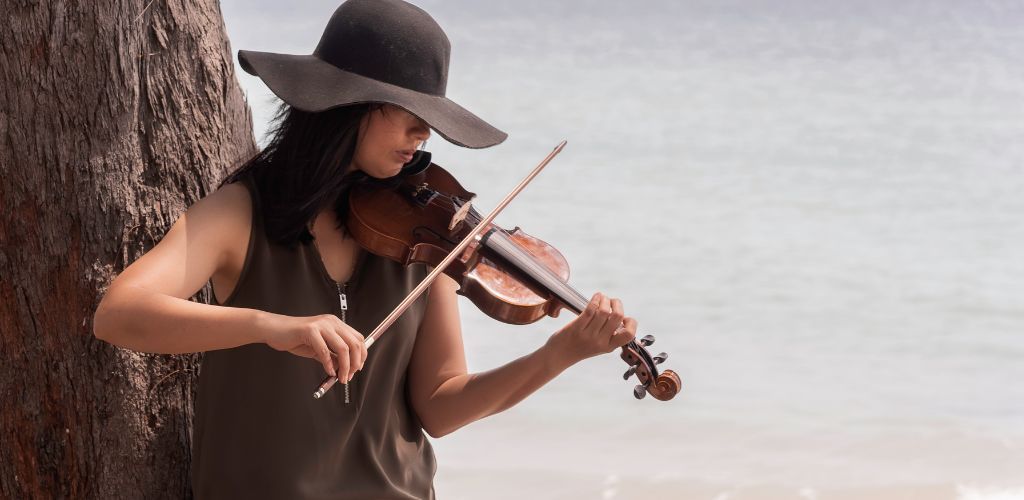
Embarking on the journey to learn the violin is not just a musical endeavor; it’s a test of mental fortitude.
This section delves into the psychological aspects of learning this instrument, focusing on the hurdles we face and how motivation and encouragement are indispensable.
Overcoming Hurdles
At the very beginning, I understood that my mental approach would be as crucial as mastering the physical demands.
Initial challenges often include getting comfortable with the instrument’s stance and the nuances of producing a clear tone.
For many adult learners, questioning whether there is still time to start is a common hurdle. But I brushed that notion aside with the belief that passion knows no age limit.
Fostering Motivation and Encouragement
Maintaining motivation can sometimes feel like a violin string under too much tension, ready to snap. Setting small, achievable goals keeps the melody of progress playing smoothly.
It may begin with mastering a single song, blossoming into a uniquely mine repertoire. Encouragement comes in many forms, perhaps from a friend who’s also a fellow learner or a violin tutor whose patience seems endless.
These sources of encouragement are my echoes when confidence wanes. They remind me why I fell in love with the violin, to begin with, and they fuel my journey forward.
Beginner Violin Recommendation
Student Full-Size Violin by Gear4music
As a violinist, I found the Student Full-Size Violin by Gear4music to be incredibly reliable and easy to play, with its solid wood construction producing a warm, resonant tone.
The included accessories, such as the bow and case, made starting my musical journey both convenient and enjoyable.
Student Full-Size Violin by Gear4music
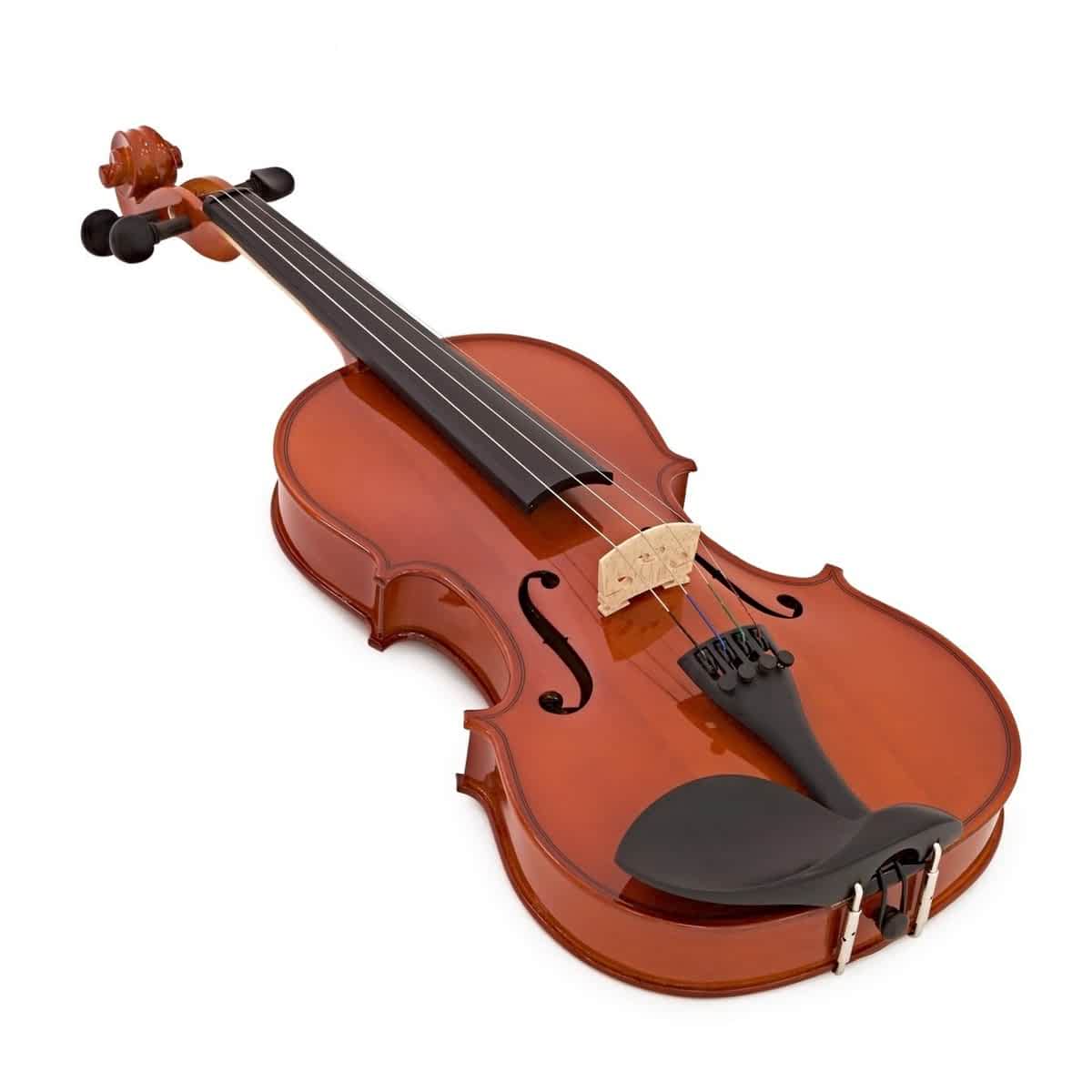
FEATURES: Constructed from high-quality tonewoods
OTHER INFO: traditional maple and spruce construction provides a warm and authentic tone
- Fine tuners allow for fast and stable tuning
- Includes a bow, hard foam case, and rosin
- No Cons at all!
When you click ‘Check Price’, you’ll see there are loads of great places to buy this item. Our personal favorite is Sweetwater for the US, and Thomann and Gear4Music for the UK & Europe.
They are the largest music retailers, with excellent customer service, competitive prices, really fast shipping, and the longest guarantees.
The professional musician who wrote this article combined many things,
from the product build, manufacturer’s reputation through to feedback
from other users, to create our famous TedScore™.
YAMAHA V3 STUDENT VIOLIN OUTFIT, FULL-SIZE

The YAMAHA V3 Student Violin Outfit, Full-Size, features a hand-carved spruce top and maple back and sides, producing a rich and balanced tone ideal for beginners.
Its durable ebony fittings and included high-quality bow and case provide everything a student needs to start learning and progressing confidently.
Yamaha V3 Series Student Violin Outfit

FEATURES: It comes complete with a case, bow and rosin
OTHER INFO: Superior durability Woods
- With high-quality fittings, Chin rest, pegs and fingerboard
- Great sound and playability
- Solid reputation and support
- Complete kit
- None
When you click ‘Check Price’, you’ll see there are loads of great places to buy this item. Our personal favorite is Sweetwater for the US, and Thomann and Gear4Music for the UK & Europe.
They are the largest music retailers, with excellent customer service, competitive prices, really fast shipping, and the longest guarantees.
The professional musician who wrote this article combined many things,
from the product build, manufacturer’s reputation through to feedback
from other users, to create our famous TedScore™.
Yamaha AV7-44SG 4/4 Size Student Violin Outfit
The Yamaha AV7-44SG 4/4 Size Student Violin Outfit features a solid spruce top and maple back and sides, delivering a clear, resonant sound that supports the developing musician.
Its high-quality ebony fittings, Wittner tailpiece with fine tuners, and included durable case and bow make it a comprehensive and reliable choice for advancing students.
Yamaha AV7-44SG Student Violin Outfit

FEATURES: 4/4-size violin with a lightweight case, real brazilwood bow, and Schwarz rosin
OTHER INFO: Spruce top and maple back/sides have been aged over five years for enhanced tonal richness and resonance
- Ebony tuning pegs, fingerboard, tailpiece, and chinrest
- Wittner Ultra tailpiece with four fine tuners
- Hand-brushed oil varnish finish
- Expensive as compared to other student violins
When you click ‘Check Price’, you’ll see there are loads of great places to buy this item. Our personal favorite is Sweetwater for the US, and Thomann and Gear4Music for the UK & Europe.
They are the largest music retailers, with excellent customer service, competitive prices, really fast shipping, and the longest guarantees.
The professional musician who wrote this article combined many things,
from the product build, manufacturer’s reputation through to feedback
from other users, to create our famous TedScore™.
Is the violin hard to learn:
Final Thoughts
Learning the violin has challenges, but it’s a journey worth pursuing. With determination and regular practice, progress is inevitable.
Patience is key; as with any complex skill, it takes time to develop proficiency. However, the reward of playing a piece smoothly for the first time is exhilarating.
The violin requires a significant investment of time and effort. But believe me, the sense of achievement along the way is second to none.
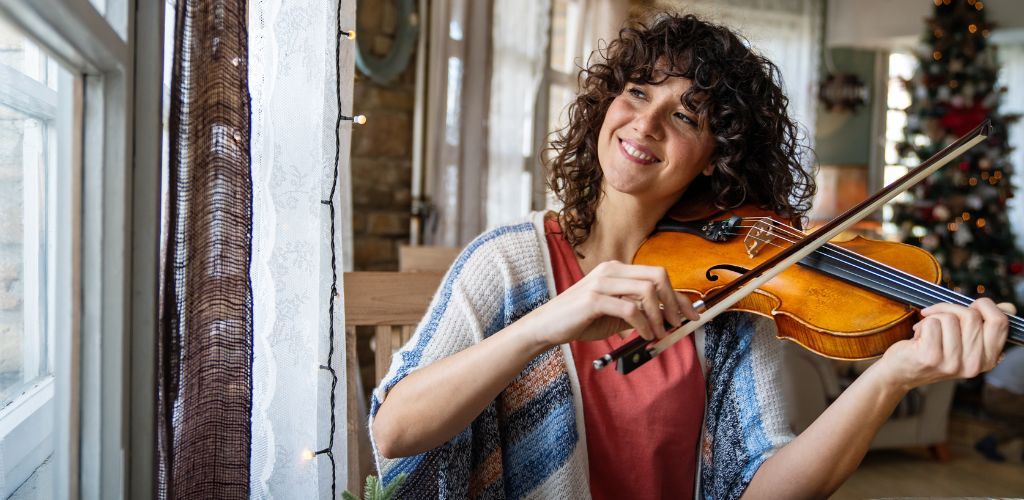
From my experience, anyone can learn to play violin. You need resilience, a good teacher, and the will to the learning process through the initial hurdles.
The result is a deep, personal satisfaction that resonates as beautifully as the music you’ll create.
Don’t go yet, there’s more…
Discover a comprehensive guide to the best violin bows, offering valuable insights to help you choose the right bow for your playing style and preferences.
FAQ's
Learning the violin is a gradual process that varies for each individual. Progress depends on factors such as practice frequency, dedication, and the complexity of the music being learned. While some basic proficiency can be achieved relatively quickly, mastering the violin is an ongoing journey that often takes years of consistent practice and dedication.
The violin and the guitar present unique challenges, and the difficulty level can vary depending on individual preferences and learning styles. The violin requires precise bowing techniques, finger placements, and intonation control, while the guitar involves mastering chord shapes, strumming patterns, and fingerpicking.
The difficulty of mastering the violin versus the piano varies depending on individual preferences, prior experience, and musical aptitude. Both instruments present unique challenges, and the level of difficulty is subjective.
It’s never too late to start learning violin. Any individual of any age can start learning and making progress with dedication and practice. Many people have successfully started playing violin in adulthood and achieved proficiency.










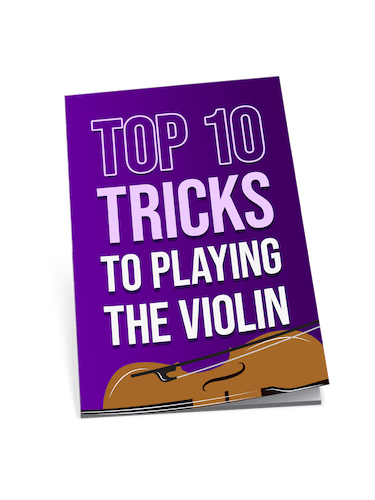
Find an excellent teacher. Do not try to teach yourself because it is not played the way you think it is and a good teacher will save you time and effort. They will know what instrument to get and What size to look for if your student is very young. The violin is sized in different sizes for very young players from 1/32-4/4. I’ve taught the violin for over 50 years as well as played professionally. Graduate degrees in violin performance.